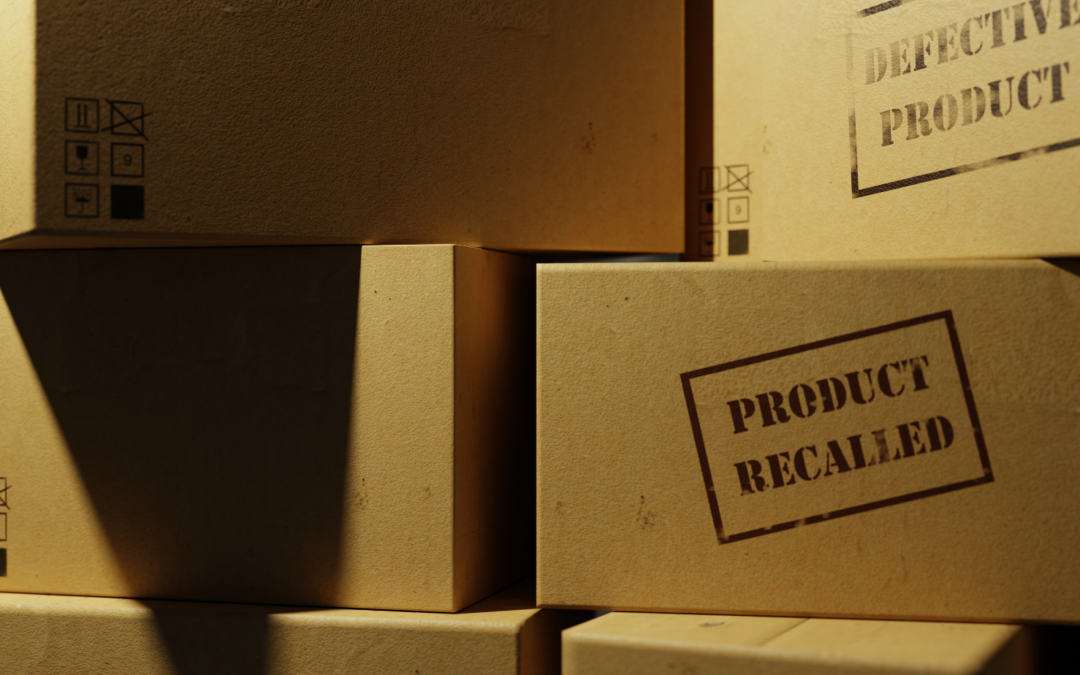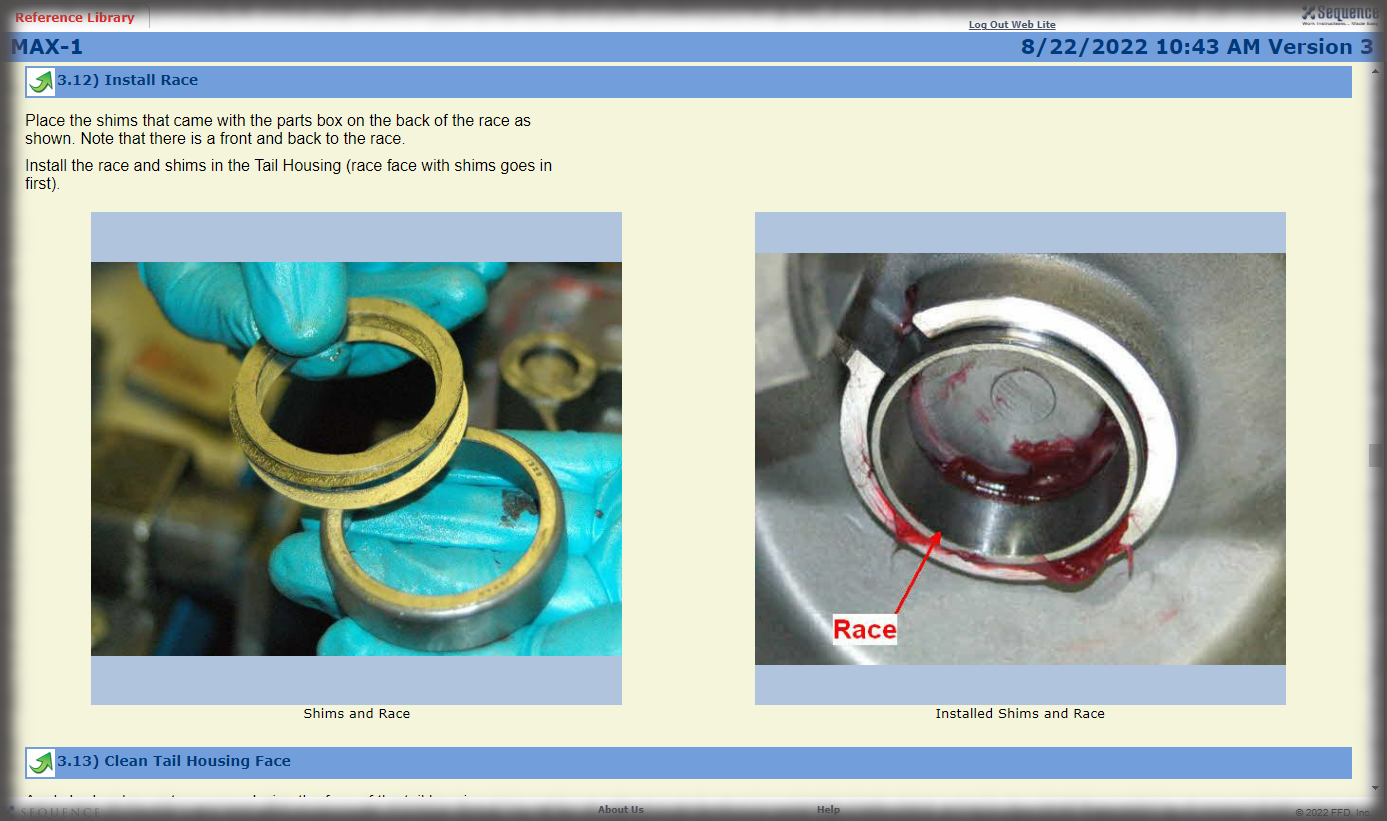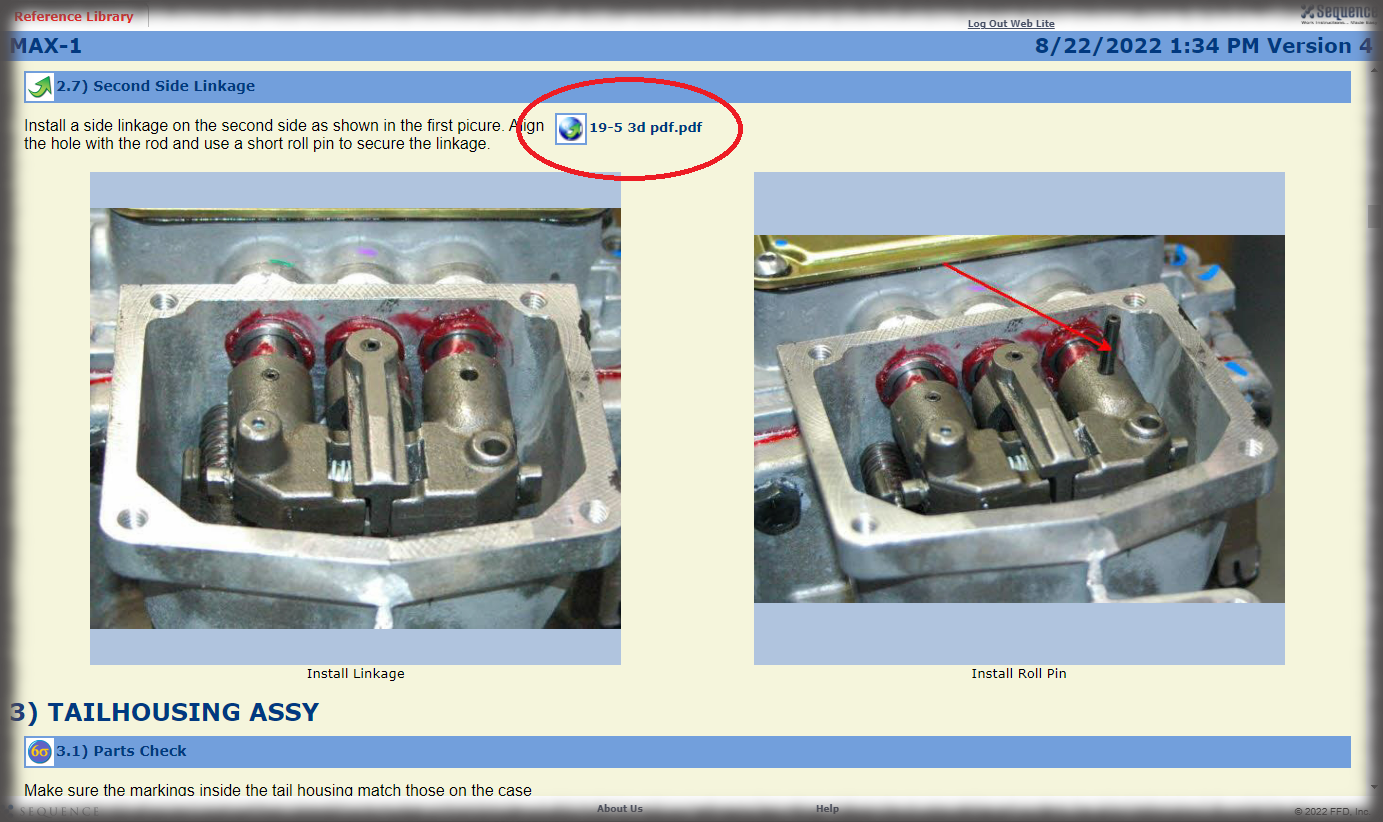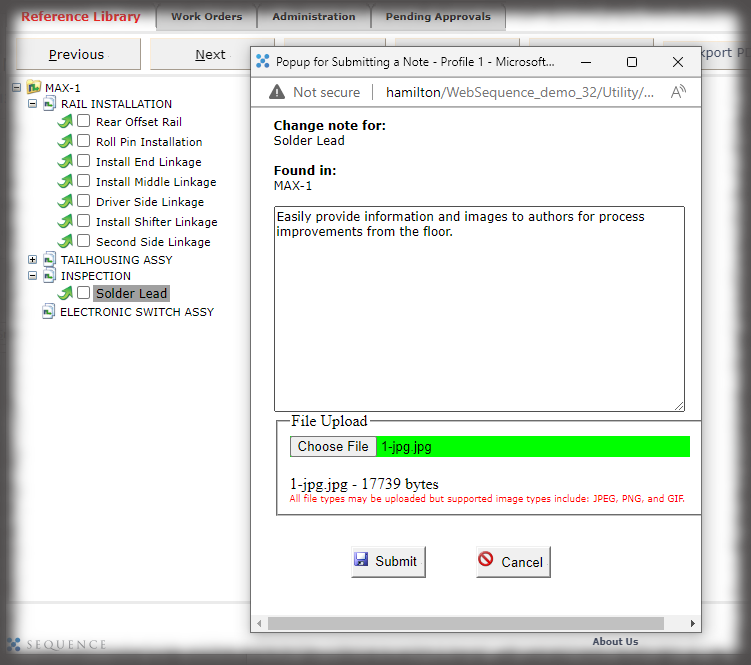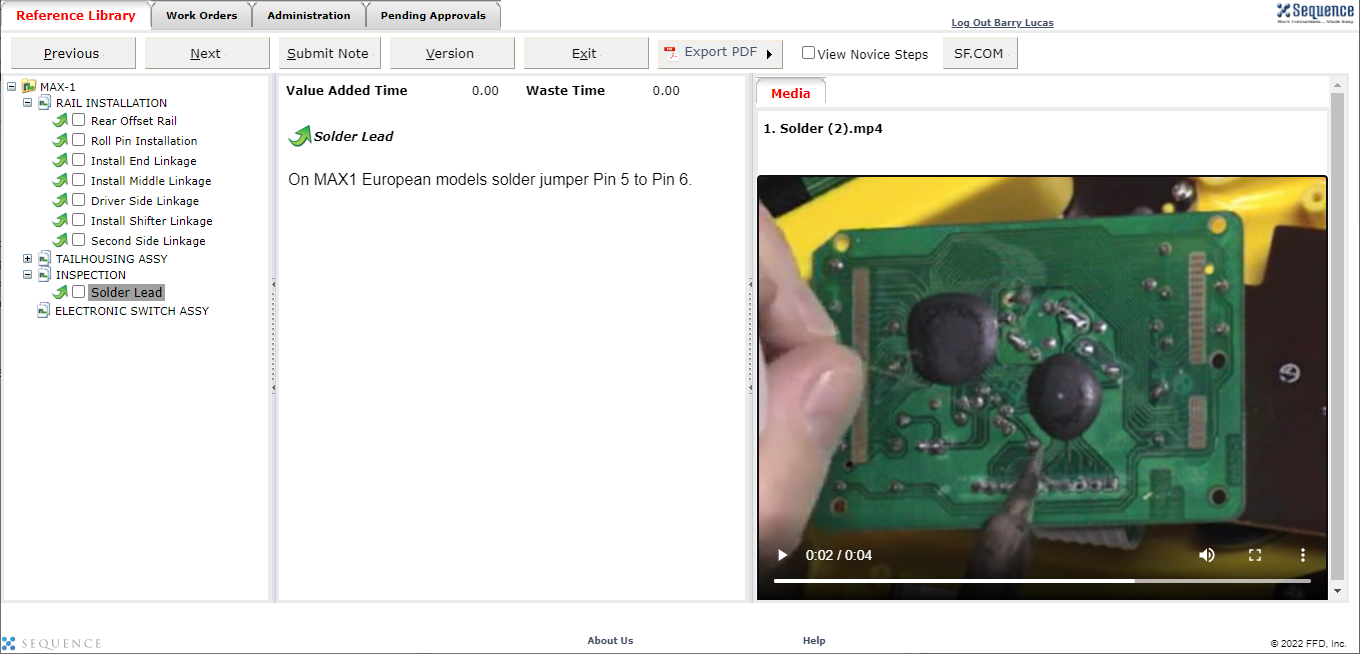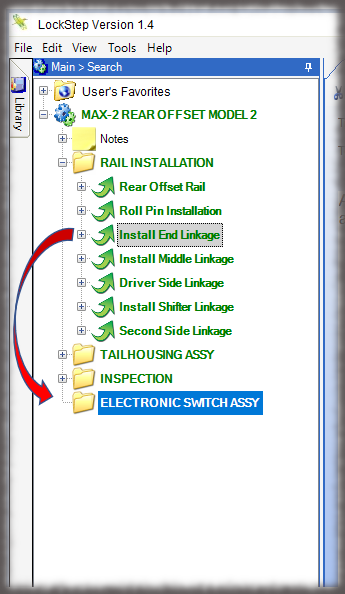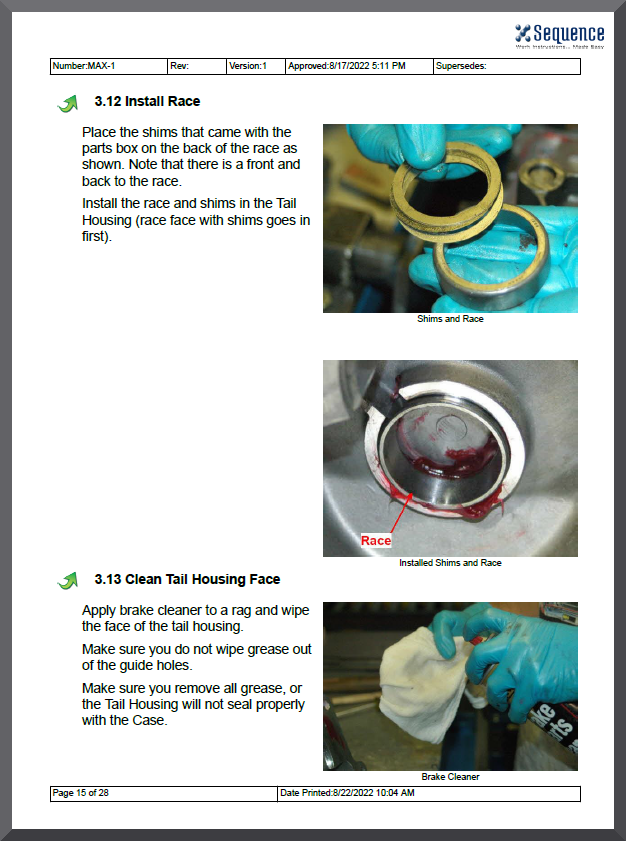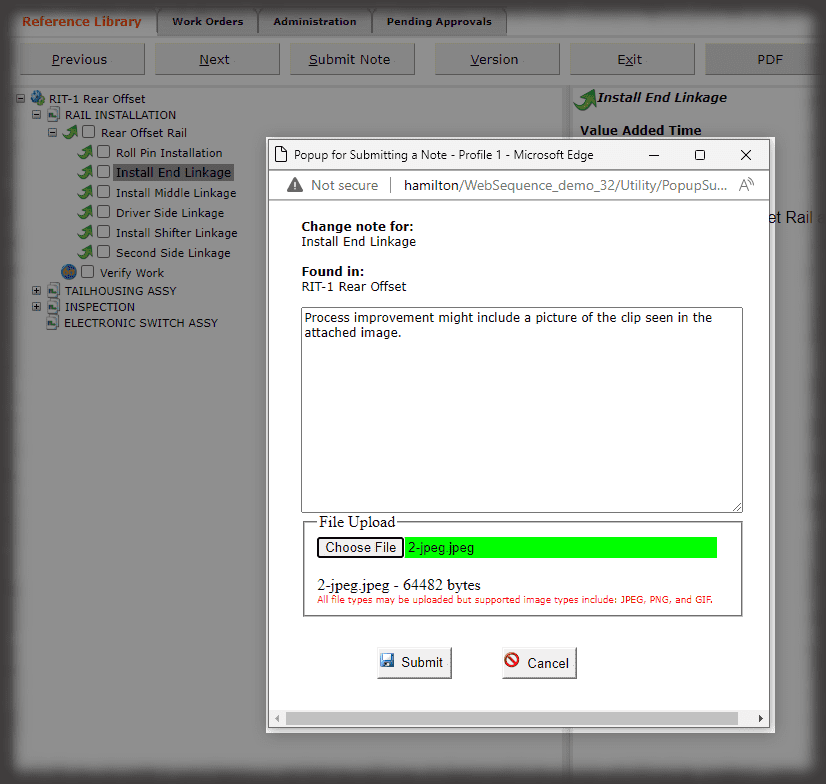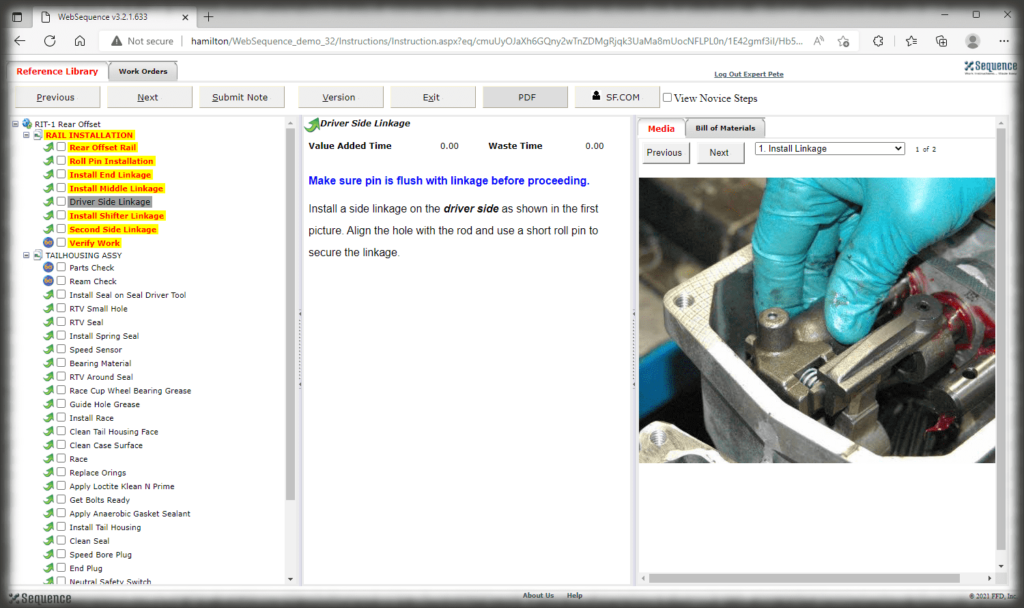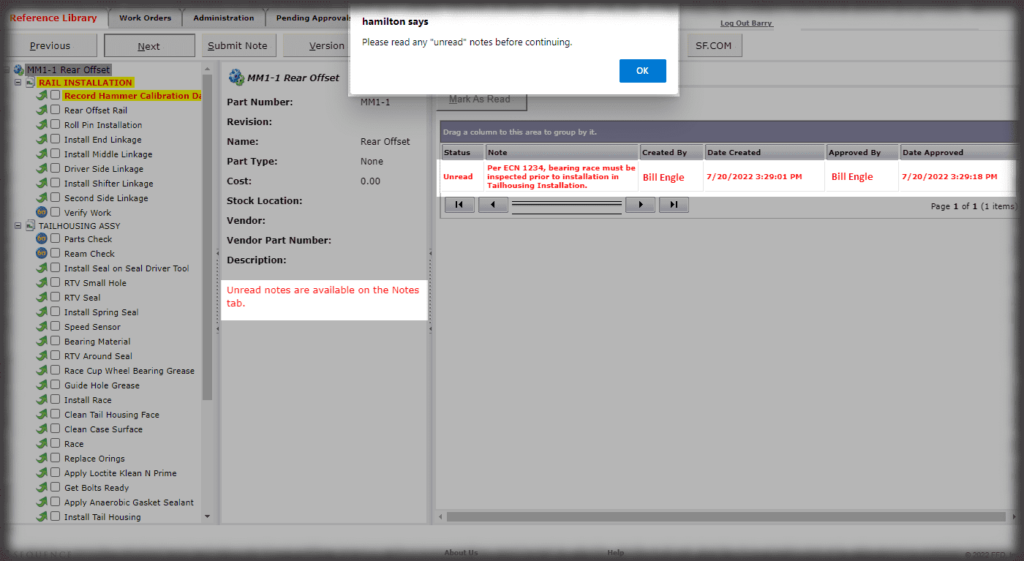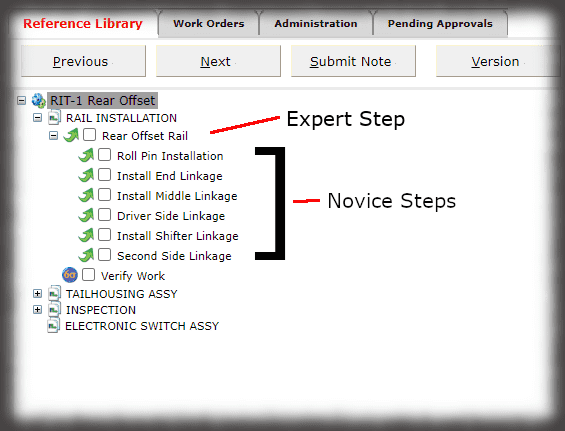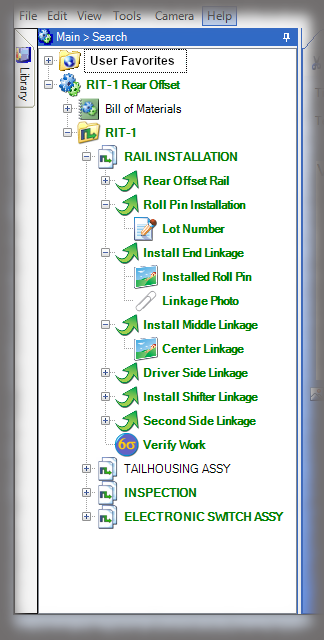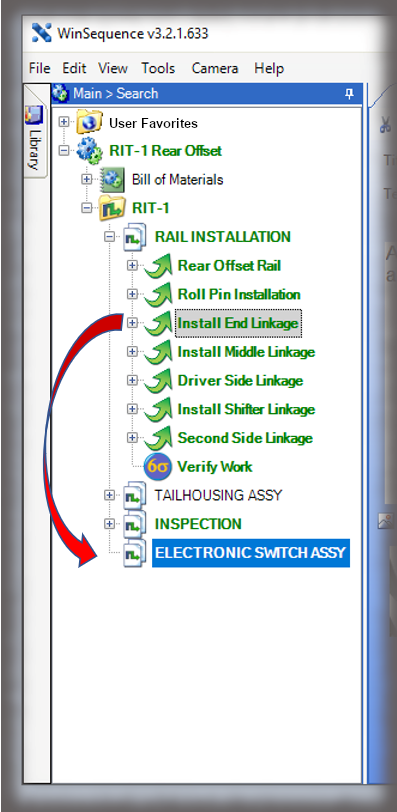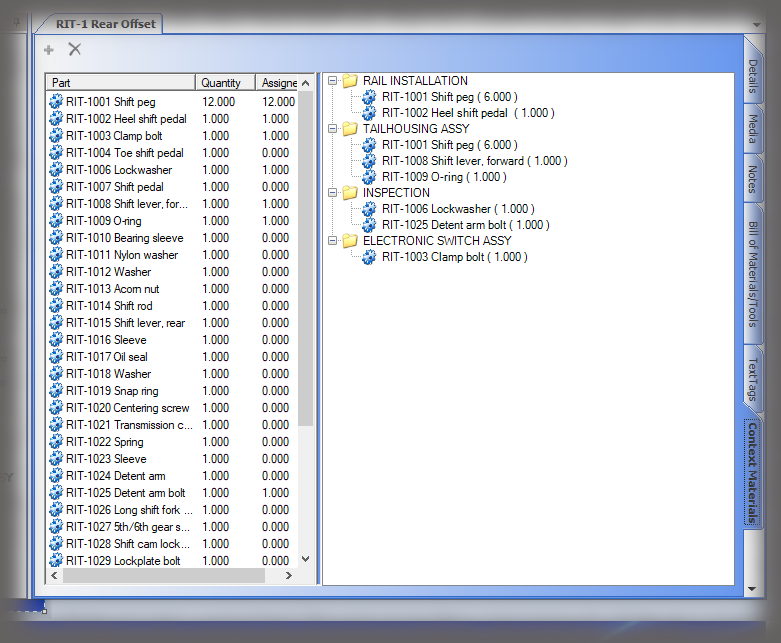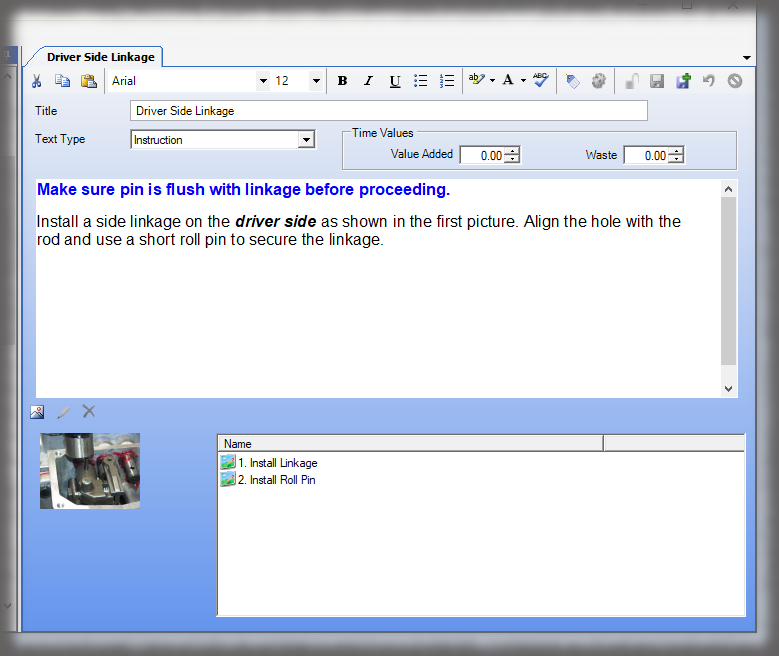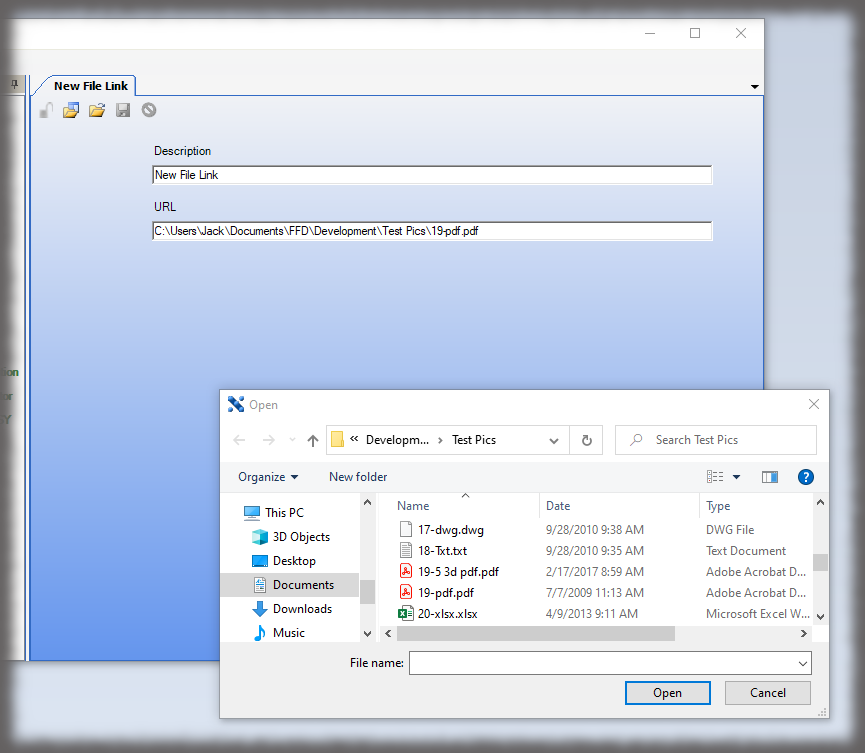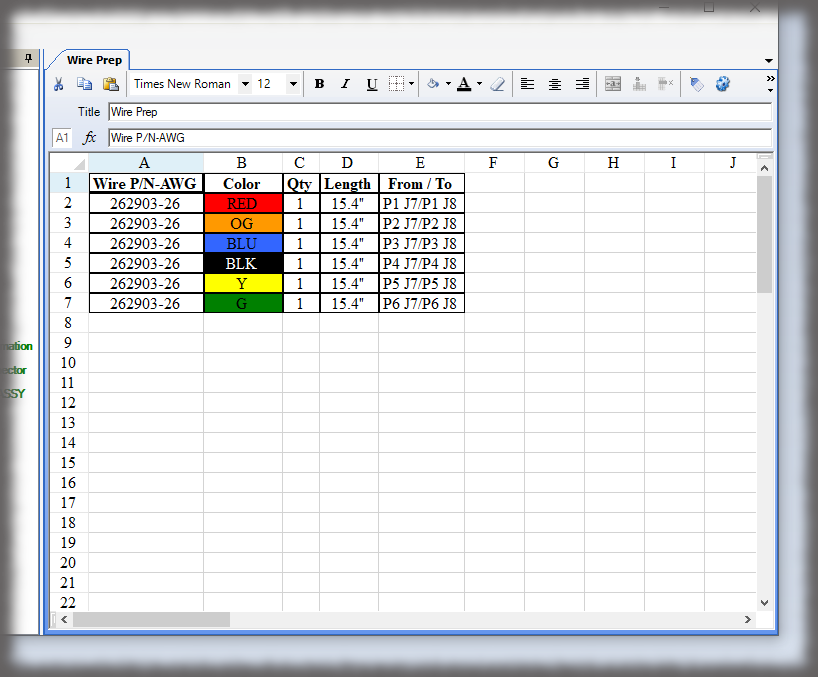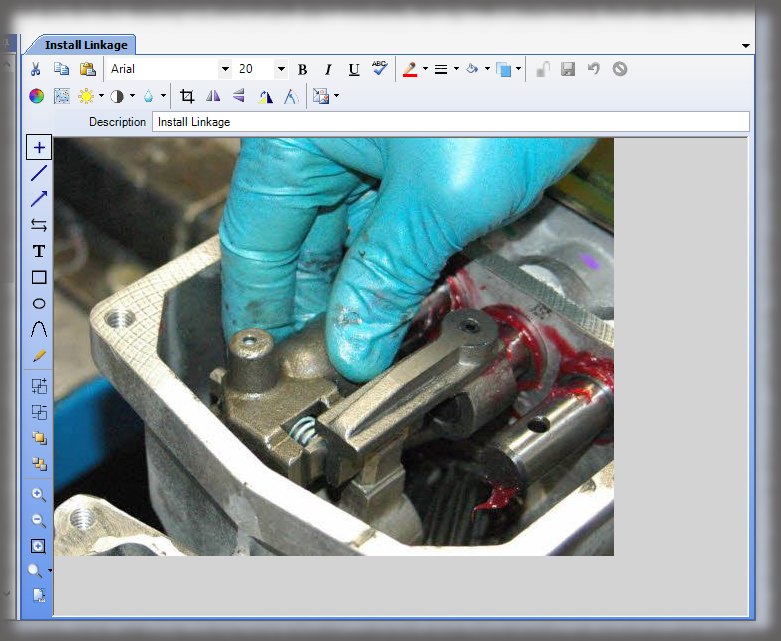Customer satisfaction and quality control are cornerstones of a successful business. Happy and satisfied customers are more likely to become loyal patrons and advocates of your brand. However, when products are defective, they have the opposite effect, damaging a brand’s reputation. In this article we explore the ways that defective products impact brands, their customers, and their bottom line.
1) Quality and Performance Concerns
Customers expect the products they purchase to meet certain standards of quality and functionality. When a product falls short due to defects, it results in disappointment, frustration, and dissatisfaction. On the other hand, it is also true that when a manufacturer exceeds the expected quality standard those extra dollars spent become a form of waste. It’s all about balance.
Consider a scenario where a customer buys a brand-new DVD or Blu-Ray player but discovers that it frequently jams or fails to perform as advertised. The defective product fails to meet the customer’s expectations, but it also disrupts their daily life. They may have to endure inconvenience and waste their own time trying to resolve the issue or obtain a replacement. The worry of many CEO’s is that these experiences lead to significant dissatisfaction.
2) Trust Erosion
Trust is the cherished glue that solidifies any customer-business relationship. Customers trust that the products they buy will perform as advertised, but when they don’t, these defective products undermine their trust. If expectations are repeatedly missed, doubts creep in about the company’s commitment to them—it becomes personal.
Keep in mind that a loss of trust eventually extends beyond the specific product to an entire brand. Customers become skeptical about other products offered by the company and hesitate to make future purchases.
3) Inconvenience
Defective products are an inconvenience for customers. The hassle of a defective item requires additional time, effort, and sometimes expense. Customers may need to:
- Return the product to the store or ship it back to the manufacturer.
- Contact customer support.
- Wait for repairs, replacements, or refunds to be processed.
At best, these inconveniences are frustrating, but they always detract from the overall customer experience. Inconvenience compounds dissatisfaction and that leaves customers with a negative impression of the company.
4) Negative Word-of-Mouth
Unhappy customers are more likely to share their negative experiences with others, both online and offline. Negative word-of-mouth has a significant impact on a company’s reputation and the buying decisions of customers. When shopping online people look not just at how many 5-stars a product gets, but they want to know what percent rated a product 1-star.
Customers who receive defective products do take to social media, review websites, or consumer forums to vent their frustration and warn others about their experience. These negative reviews and complaints spread quickly and reach a wide audience, influencing potential customers’ decisions. It’s often said that a dissatisfied customer tells many people about their experience, while a satisfied customer tells a few.
5) Lost Repeat Business
Repeat business from a customer is the easiest and best source of revenue for companies. Loyal customers who are satisfied with their previous purchases are more likely to return for future transactions. However, when customers experience defective products, they are less likely to become repeat buyers.
Instead of fostering loyalty, defective products might drive customers away, severing a potentially lucrative relationship. Customers may seek alternatives from competitors, fearing a repeat of their negative experience. The loss of repeat business can have a lasting impact on a company’s revenue and profitability.
6) Increased Support Costs
Companies allocate resources to handle customer complaints, returns, and warranty claims related to defective products. Depending on the business and product, these support costs can escalate quickly and have a significant negative impact on the company’s profitability. Keep in mind that resources allocated to handling defects and customer complaints divert resources away from the important value-add areas of the business, affecting overall operational productivity.
Moreover, the costs associated with managing defective products extend beyond direct customer support. There are administrative costs, logistical expenses related to returns and replacements, and engineering time deciding whether to scrap or how to rework defective items. These financial burdens add up and impact a company’s bottom line.
7) Product Liability and Legal Issues
In highly regulated industries like aero, defense and FDA, defective products also lead to product liability claims and legal disputes, which are above and beyond the increased support costs just described. Product liability lawsuits are costly, time-consuming, and damage a company’s reputation.
Defending against such claims and lawsuits requires substantial financial resources, legal expertise, and often results in negative media coverage. Even if a company prevails in court, the damage to its reputation may be lasting.
8) Recalls and Reputation Damage
Recalls often result from design failure, but they also result from defects introduced in manufacturing. How many times have you seen recalls on the news where food products are recalled because debris, such as glass, are present in certain lot numbers?
Individual defective products are costly, but support costs and risk management move into a whole different realm when companies have to issue product recalls because of known defects that pose safety risks.
Hidden costs related to the company’s reputation and visible costs of correction are the concern for many C-level managers. Recalls not only result in visible tasks, such as retrieving and replacing products, but they also have long-term repercussions. Customers who had a negative experience with a recalled product may be reluctant to trust the company’s products in the future, even after the recall is resolved. Plus, potential customers that aren’t directly impacted by the recall, may also be reluctant to do business with the company based on what they find out from their peers and the media.
9) Customer Dissatisfaction Amplification
In the age of the internet and social media, customers have a powerful platform to voice their complaints and dissatisfaction publicly. Negative reviews and comments quickly gain traction, reaching a wider audience than ever before.
For instance, a single dissatisfied customer’s complaint on social media might be shared, liked, and commented on by others, amplifying the negative impact on the company’s reputation. These online discussions then become viral, further tarnishing the company’s image and discouraging potential customers from making purchases.
10) Loss of Competitive Advantage
A company’s reputation for quality and reliability is a valuable competitive advantage. Product quality is a decisive factor in customers’ purchasing decisions, setting one company apart from its competitors. Defective products dissipate this advantage, making it more challenging to compete in the market.
Customers are more likely to choose a competitor that they perceive as offering better quality and reliability. Consequently, companies that consistently produce defective products may find themselves losing market share and struggling to maintain competitiveness.
Reduce Defective Products with Sequence
Defective products have far-reaching consequences for customer satisfaction and a company’s overall success. It is crucial for businesses to prioritize quality control, robust testing procedures, and responsive customer support to minimize the occurrence of defective products and effectively address customer concerns when they do arise. Click here to find out how Sequence Software can improve efficiency, reduce errors, and protect your brand. Contact Sequence Software today to discuss how improving your work instructions contributes to the overall health of your organization.

